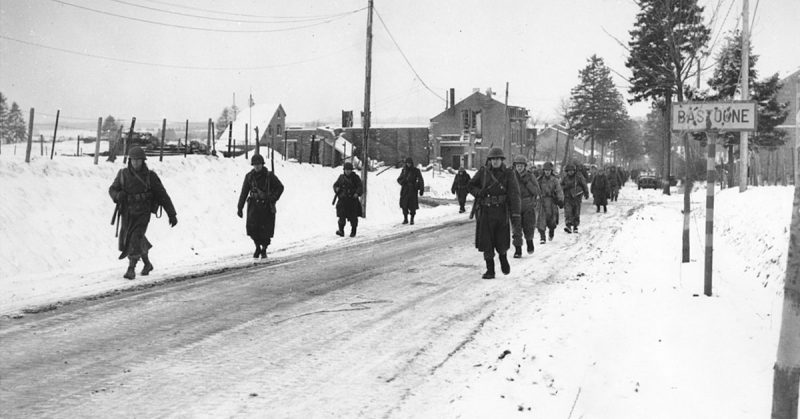The Navajo “Code Talkers,” while being the most famous, were not the only Native Americans that fought with distinction during WWII. Men from the Colville tribe, originating in the Pacific Northwest, saw active service with many of the most highly decorated units in the US Military.
Here are the stories of just six of those brave men.
Robert Arnold
Robert Arnold was born on the 21st January 1923 to Louie and Eva Arnold. He was the youngest son and had six siblings. He is remembered as a quiet child who spent a lot of time by himself. When he turned 18, he decided to enter military service and signed up to train as a paratrooper.
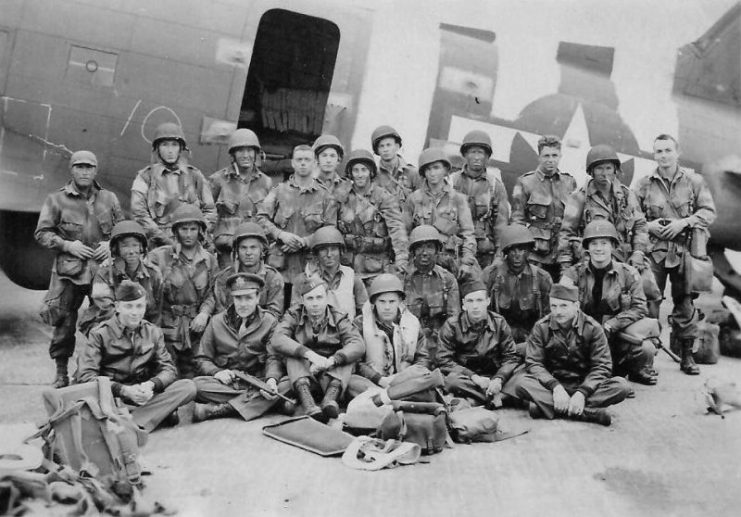
Pvt. Arnold was a member of the elite 82nd Airborne Division that took part in the D-Day landings. He was a member of Company F and was one of the 12,000 paratroopers that jumped into Normandy with the task of destroying German supply and communication lines, river bridges, and the causeways that linked the Normandy beaches to the road network beyond.
Little is known about how Robert Arnold was injured, but he died almost a month after the D-Day Landings in a military medical facility. Official records indicate that he died of wounds sustained in the fighting. Robert Arnold was awarded a Purple Heart, and he is now buried at Pia Mission.
Phillip Broncheau
Phillip Broncheau did not join the frontlines in Europe until after D-Day. He was sent from one of the ‘repple-depples’ or replacement depots, to replace soldiers lost in battle. The American military did not replace entire units as men were lost but chose to send individual replacements for each soldier lost, whether killed or wounded.
A lot of information about Phillip Broncheau can be found in the book “Seven Roads to Hell” written by a fellow soldier, Don Burgett. He remembers Broncheau as an amiable man with a barrel chest. Burgett recounts an amusing story of when Broncheau joined his unit in December 1944, about five months after D-Day.
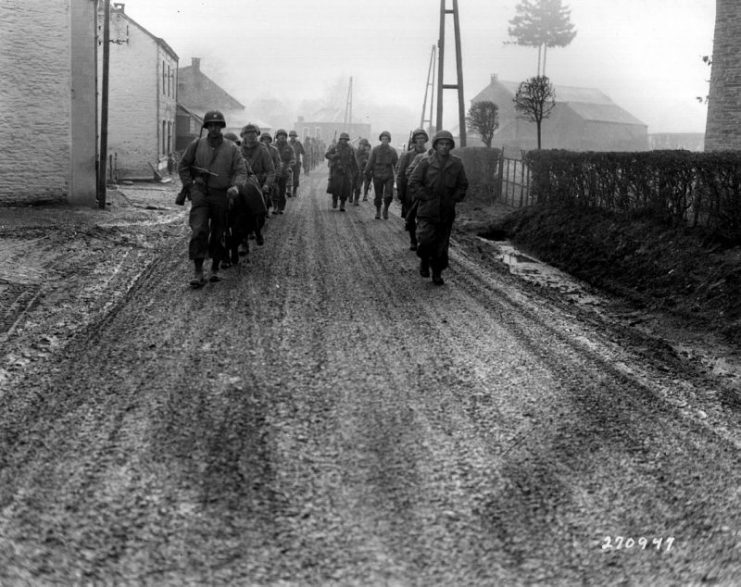
The group had been through a little over ten weeks of continuous combat and were desperately in need of replenishment of both material supplies and manpower. Burgett and another member of the team had returned to their barracks after drills when they spied a couple of tins of fish lying under a small closet.
As they were hungry, they took the tins and tucked in with some hardtack biscuits. Soon after they started, Broncheau walked in and just stood looking at them. He then asked if he could join the feast and Burgett made space for him to join them.
He explained that they had found the tins and were most embarrassed when Broncheau told them that he knew the tins were there as he had put them there! Broncheau was happy to share and told the others of his origins and life before joining the military.
From that time on, the three men were very close and shared many stories as they traveled through France, eventually landing up at a little town called Bastogne on the 19th December 1944. This was the start of the Battle of the Bulge, and Broncheau was one of the first soldiers in his unit to take on the might of the German army, and he was severely wounded in the exchange.
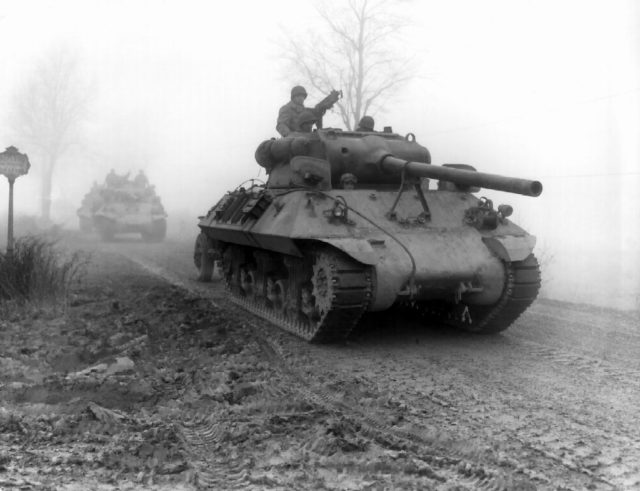
He was taken prisoner but due to his injuries, the inclement weather and lack of facilities to properly care for the injured, Broncheau died of his wounds on 19th January 1945. The men serving with him had very fond memories of this man; a gentle soul and a man who honored his people and his tribe.
Recently Broncheau’s knapsack came to light when the attic of a house in Luzery that was scheduled for demolition was cleared. It contained all his personal belongings but sadly the person that found the knapsack refused to return these belongings to the tribe.
Albert Sandaine
Albert Sandaine was born on the 3rd March 1921 to Arthur and Alice Sandaine. He came from the Boyds/Kelly Hill Area. Sadly, he was orphaned at age 19. Following the death of his parents, he joined the military and became a medical technician, or TEC5, serving with the 351st Infantry, 88th Division. He was killed in action on the 25th September 1945 and buried at Pia Mission.
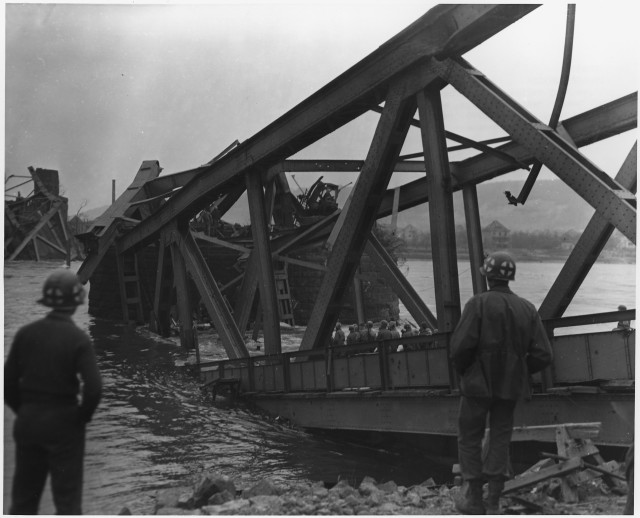
Matthew Swimptkin
Matthew Swimptkin was born on the 7th April 1913 to Peter and Theresa Swimptkin and spent his early years on the family ranch in Disautel. Swimptkin joined the military and was promoted to the rank of Sergeant in the 24th Division of the 21st Infantry. This division, known as the Gimlets, served for most of WWII in the Philippines after surviving the Japanese attack on Pearl Harbour.
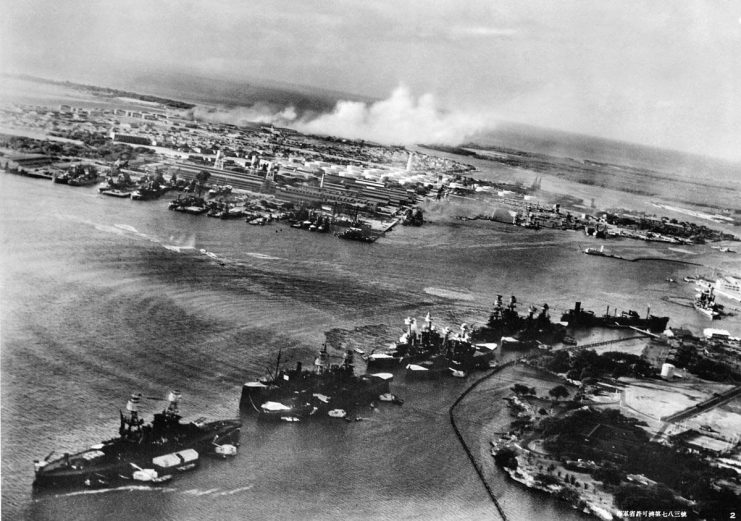
The Unit was sent to the South Pacific in August of 1943 and launched their war against the Japanese on the 23rd April 1944. Records show that Swimptkin and his unit raced through 35 miles of harsh jungle terrain in four and a half days and fought just one battle en route.
To this day it stands as one of the best coordinated and swiftest jungle warfare operations. Official records show that Swimptkin was wounded twice, but these wounds did not kill him. He is recorded as passing away in England of an unrelated illness. His Purple Heart was given to his mother, and he was buried at St Mary’s Mission.
Abel Williams
Abel Williams had always wanted to train as a pilot and when war seemed imminent, all of the Williams boys applied to join the armed forces. Of the five sons, four were accepted, and Abel joined the 467th Bomber Group assembling at Mountain Home, Idaho, before moving on to eventually land at Wendover Field in Utah in November 1943. They undertook their training and were posted overseas on the 10th March 1944.
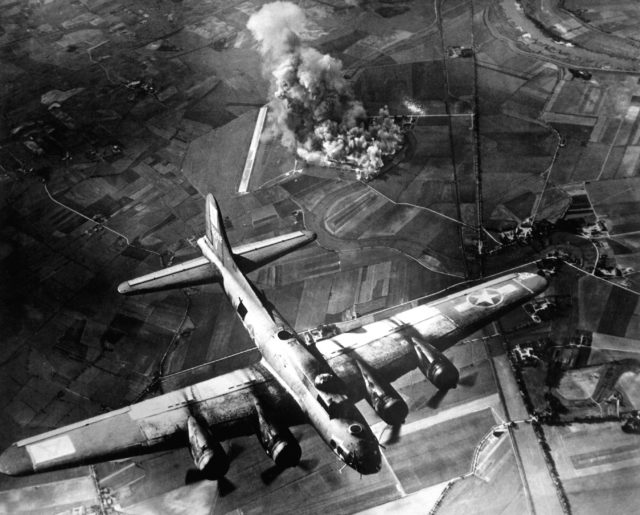
The 46th Bomber Group played a vital role in the Allies long-range bombing strategy of destroying targets in areas such as Bonn, Kiel, Stuttgart, and Brunswick, to name a few. The crews of these bombers were often cited for their accuracy and bravery during their missions.
On Thursday 13th April 1944, the Group left on Mission 301 to hit targets over Germany and of the 172 targets identified, 154 were destroyed. But this success came at a terrible price, with 38 bombers and nine fighters lost.
Williams was a left waist-gunner, so he was responsible for shooting at targets from an opening at the back of the plane, when he took off with his crew on that fateful morning. Over Lechfeld in Germany, the bomber was shot down, and Williams was thrown out of the plane badly injured. His static line opened, and he parachuted to the ground, and he, along with the rest of the crew, were captured, but he succumbed to his wounds.
Adrian Adolph
Adrian Adolph was one of those people that were given the gift of being able to find humor in stressful situations. He had joined the Navy in 1942 and was stationed in the kitchen in Farragut, Idaho. In a letter home to his family, he wrote that he was going to win the war by peeling potatoes!
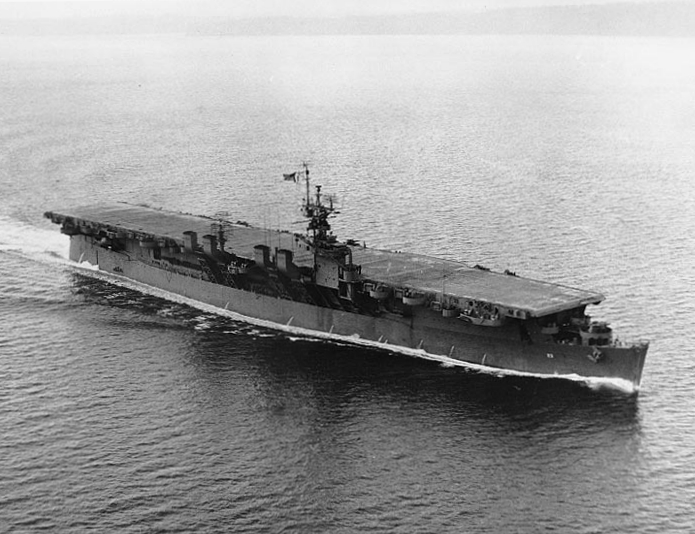
He patiently – or rather impatiently – waited for his chance to see action and eventually he was rewarded for his patience by being assigned to the USS Princeton, a light aircraft carrier, as a Fireman First Class (1C). His job entailed toiling away in the boiler room providing power, and he wrote back home that he found it a little lonely down in the bowels of the ship.
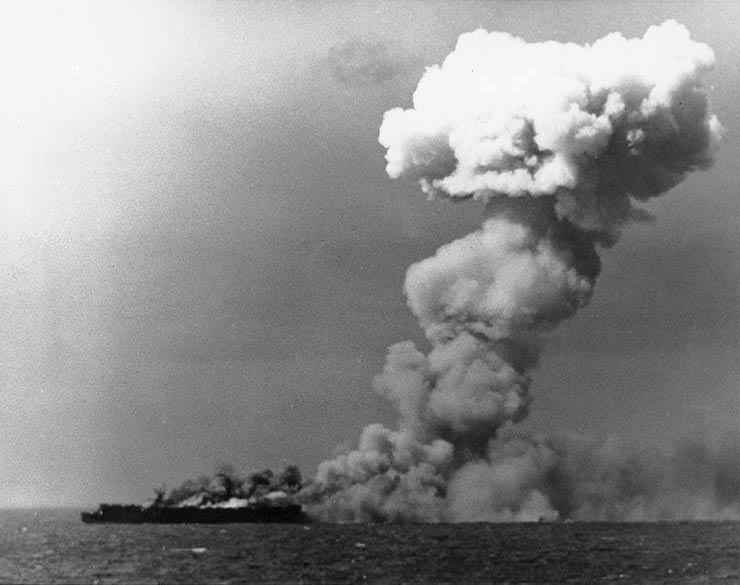
The Princeton took part in the Battle of Leyte Gulf and fell victim to a Japanese dive-bomber that dropped a single 550-pound bomb that tore through two levels of the ship before exploding. The boiler room and the engine rooms were abandoned as they took the brunt of the explosion and Adolph was one of the seamen deemed missing after the explosion.
